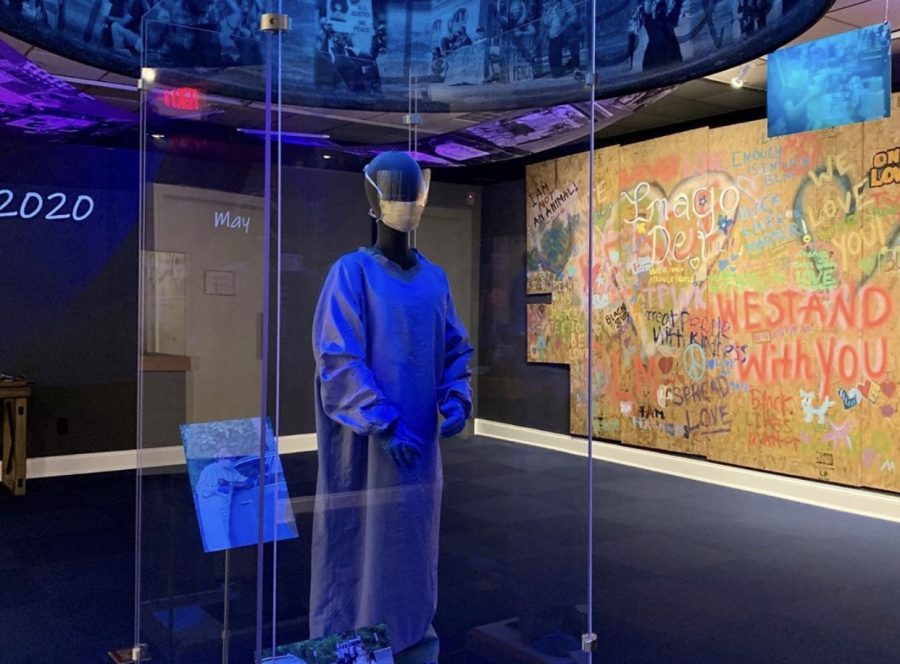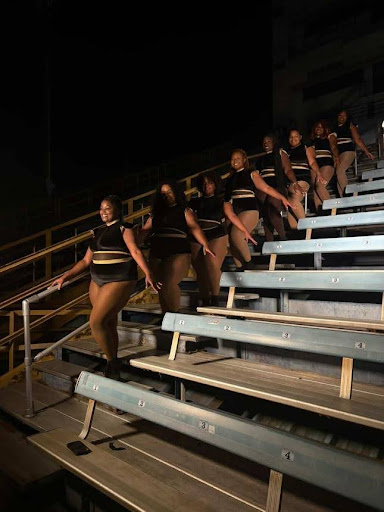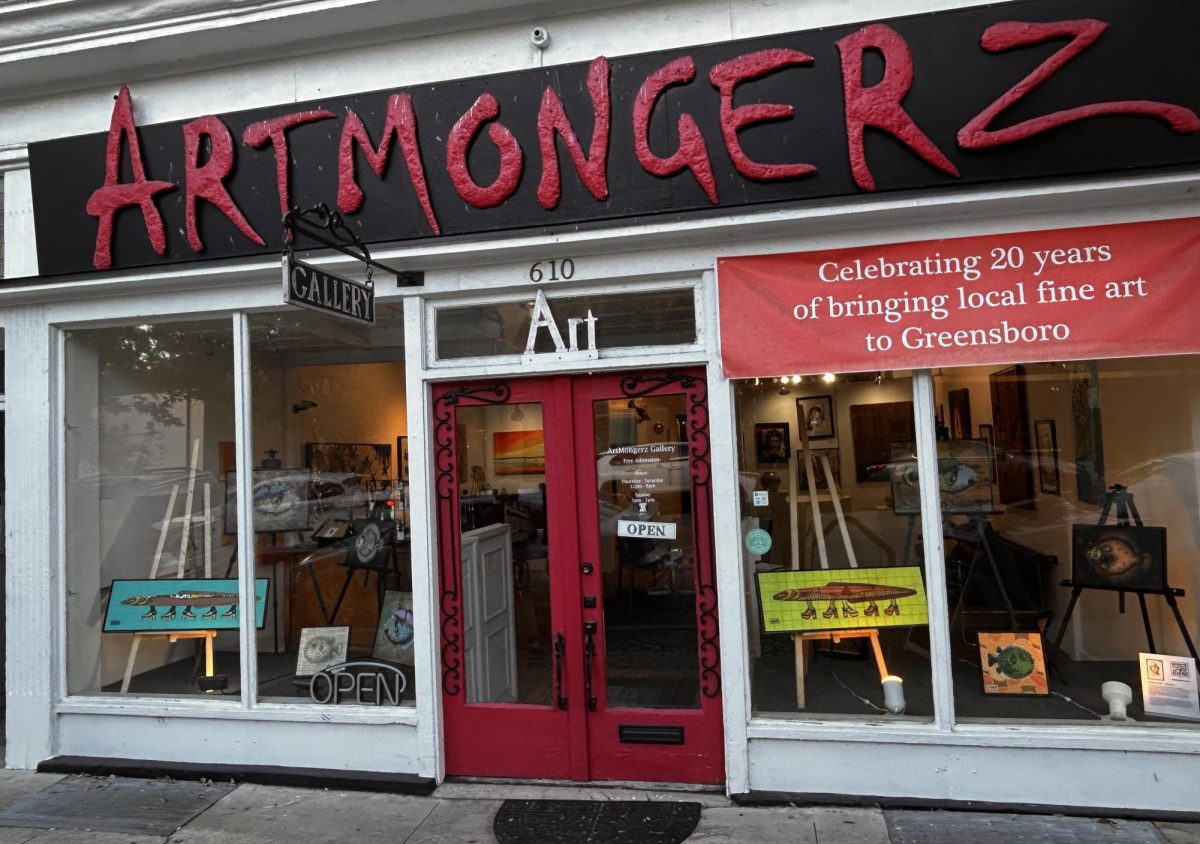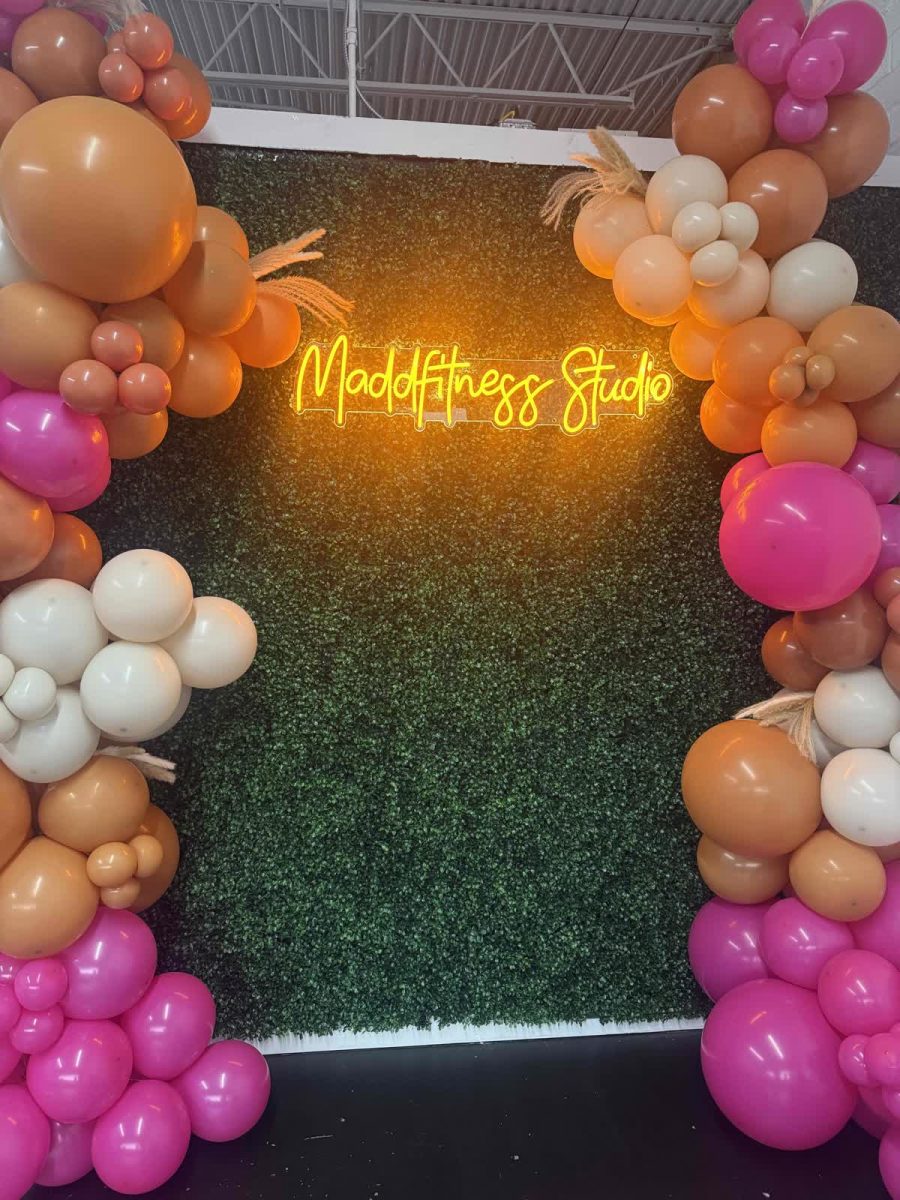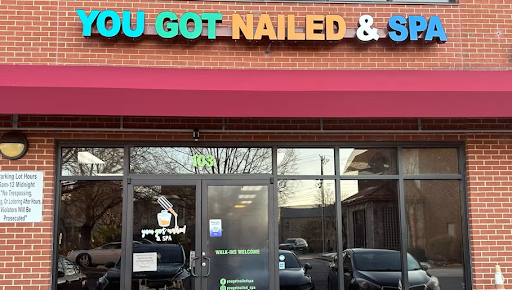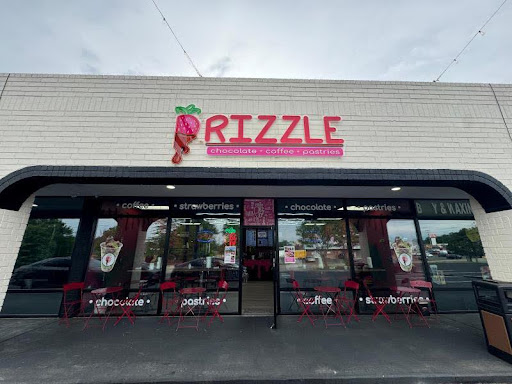The Greensboro History Museum has created a collection of art from the Black Lives Matter protests in Downtown Greensboro and the COVID-19 pandemic called Pieces of Now: Murals, Masks, Community Stories and Conversations. The newest exhibition focuses on documenting the life-changing events that have occurred in 2020.
The art exhibit is part of a larger initiative from the museum in March 2020 called “History Happening Now,” which focused on documenting Greensboro during the ongoing pandemic and protests.
It features a variety of murals, artifacts, photographs and video stories from the downtown social justice protests this summer and stories of how the COVID-19 pandemic has impacted Greensboro businesses, as well as the community itself.
The museum staff worked closely with community members, artists and local businesses in a collaborative effort to document this historical time for future generations to come, and to provide a place for the locals to come together and have their voices heard.
Carol Ghiorsi Hart, director of the Greensboro History Museum, chose at least 20 pieces of street art murals from local artists to be placed in the exhibit. These pieces were painted on plywood panels and covered downtown businesses that closed down during the summer’s Black Lives Matter protests.
Hart has expressed that she believes the exhibit will uniquely let visitors see and hear the voices of the local community about the protests and the COVID-19 pandemic, and hopes to further collaborate with local artists and community members to add more art pieces to the collection.
“This is a unique museum exhibition because it is in the moment, incomplete and with minimal interpretation,” Hart said in a statement. “Visitors will largely see and hear the voices of the artists and participants. We are working with members of the community and our visitors, who are the experts of their own lives, to help us make sure we are capturing the current moment from a variety of perspectives.”
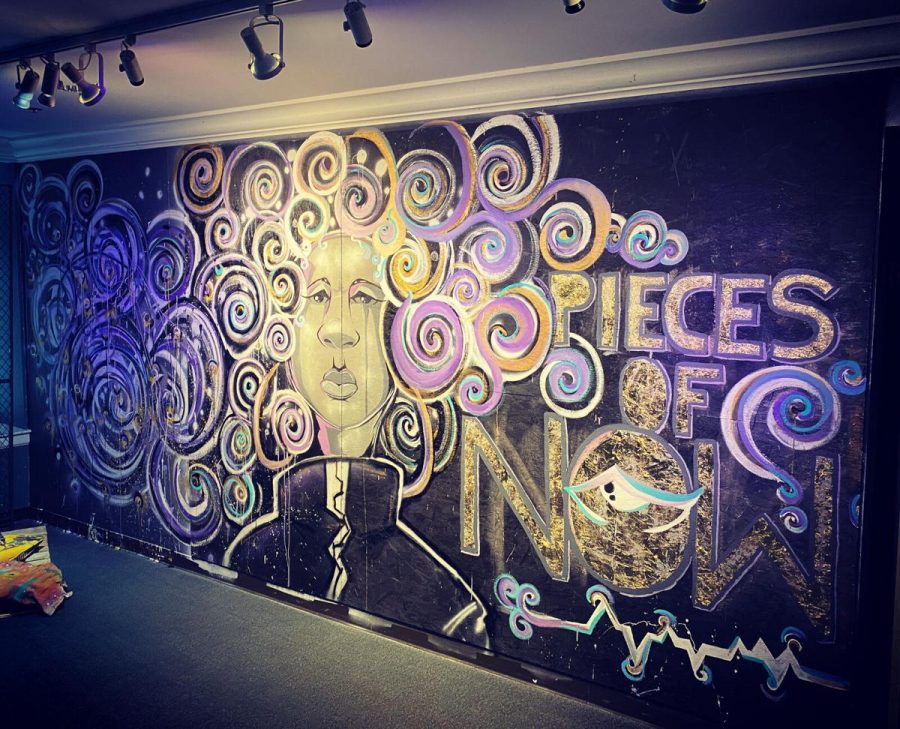
Artwork from Virginia Holmes, Emilio Marz, Savannah Thorne, Marshall Lakes, Victoria Carlin Milstein, Darlene McClinton and Brandi Schmidts, to name a few, are featured in the exhibit. Holmes, Marz and Thorne created the entrance panel to Pieces of Now, conveying the theme of the Black Lives Matter protests with George Floyd at its center.
Many of the mural pieces featured in Pieces of Now come from the boarded-up pieces of plywood used to protect businesses from looting and vandalism during the summer protests.
Milstein, owner of VCM Studio at 517 S. Elm St., has contributed a painted mural piece that she used to board up her storefront during the protests. Her mural is of a small black child with a flock of birds hovering above, with a quotation from the Torah stating, “Justice, justice, thou shalt pursue.” The birds were meant to represent the community flying towards equality and social justice.
Her store also pays homage to the Black community, as it was converted from a previously black-owned barbershop. When you walk in, the studio has an arrangement of beautiful black artwork that has been mostly painted by Milstein herself.
Aside from the collection of murals and street art from the protests, the museum staff wanted to incorporate artifacts from local businesses that have been tremendously affected during 2020.
Artifacts from Smith Street Diner, which unfortunately closed its doors for good in May 2020 due to economic difficulties from the pandemic, are placed in the museum exhibit. The Diner opened in 2005 and had been a favorite not only among the local community but for traveling food bloggers and writers as well.
Pieces of shattered glass and the brick that was used to throw through the store windows of Vintage to Vogue, the downtown boutique that specializes in vintage, designer and local made clothing are included in the exhibit as well. The brick and glass come from this summer’s protests when several stores were vandalized throughout South Elm street.
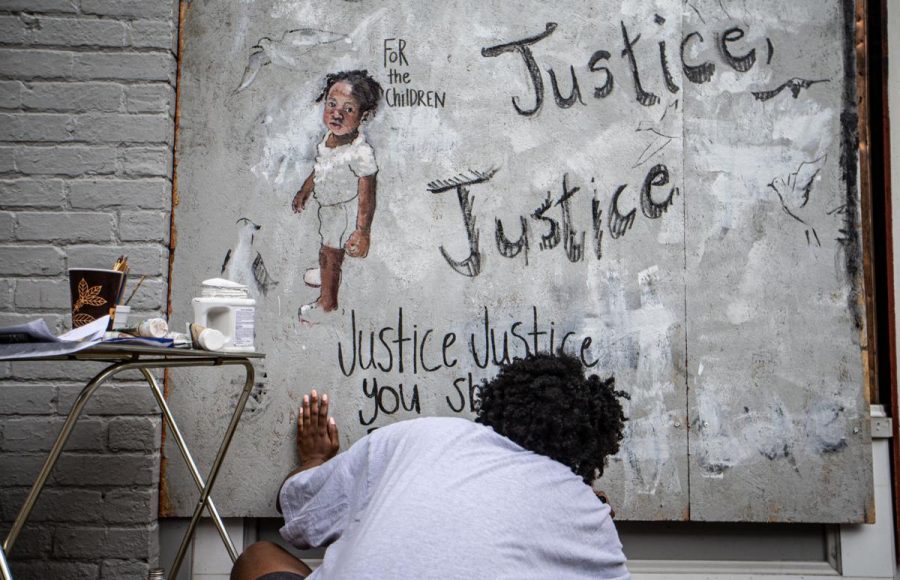
Rodney Dawson, the Curator of Education, shares that the idea for the exhibition stemmed from wanting to locally document what has occurred in the Greensboro community during the year 2020, so that years from now future community members will know exactly what the city has gone through.
“The inspiration was from wanting to collect items from the demonstrations [protests] and COVID-19 that would tell the stories from 2020,” Dawson said. “We really wanted to document what has happened [locally]. I’m thinking 10, 15 or even 20 years from now, someone is gonna ask what it was like to live in 2020 during the pandemic, the killing of George Floyd, Kobe Bryant, the protests, just everything.”
Dawson says that Pieces of Now has received a positive response from the community and that the exhibit has increased the museum’s public attendance as well.
He expressed he is glad that the exhibit opens up the opportunity to hear everyone’s stories about 2020 and he hopes the exhibit will have people with opposing views about the year finally come together for a discussion.
“We want this [exhibit] to be the focal point [of the museum], where people with opposing views can come and have needed conversations,” Dawson said. “We just want everyone to feel included, whether their views about the protests and the pandemic are similar or not.”
Dawson also hopes that the diverse communities in Greensboro will feel a sense of belonging from the exhibition and see themselves being reflected in the pieces featured in Pieces of Now.
“We hope that they [now] start to see themselves as a part of the Greensboro History Museum,” Dawson said. “This is our way of saying that the museum belongs to everyone. Because too often, [diverse communities] don’t see themselves being represented. We want this to be a place where we can represent everyone.”
Located at 130 Summit Ave., the exhibit is free to the public and opens from 10 a.m. to 5 p.m. on Tuesday, Wednesday, Friday and Saturday and from 10 a.m. to 7 p.m. on Thursday. Masks are required for all visitors and capacity will be limited.
There is also a virtual component to the exhibition on the museum’s website, where those who have attended in-person can go online and view extended clips from the multimedia galleries shown in the exhibit.
Visitors can learn more information via their website at www.greensborohistory.org.

